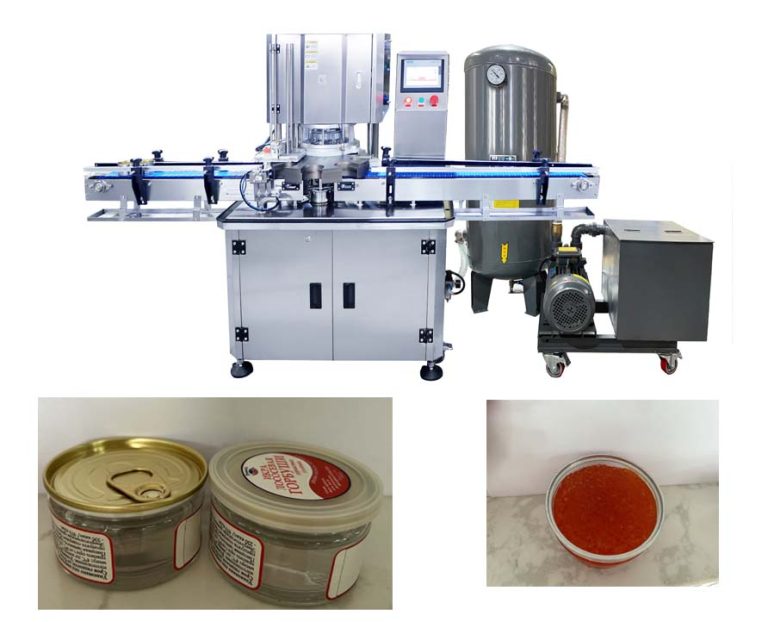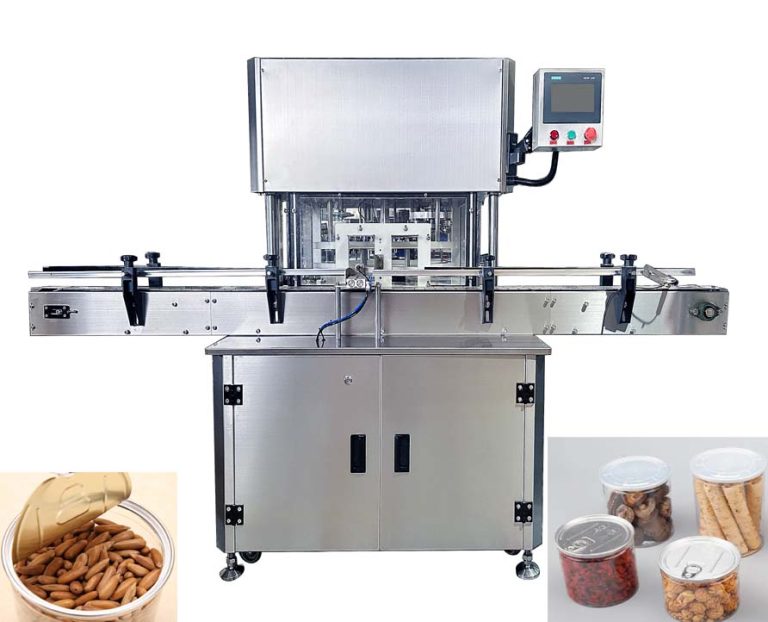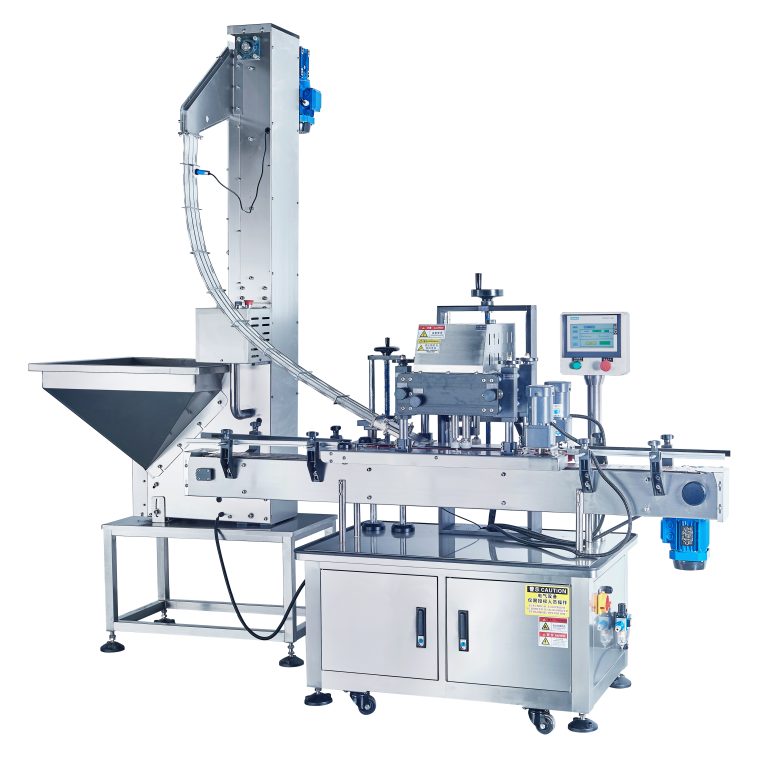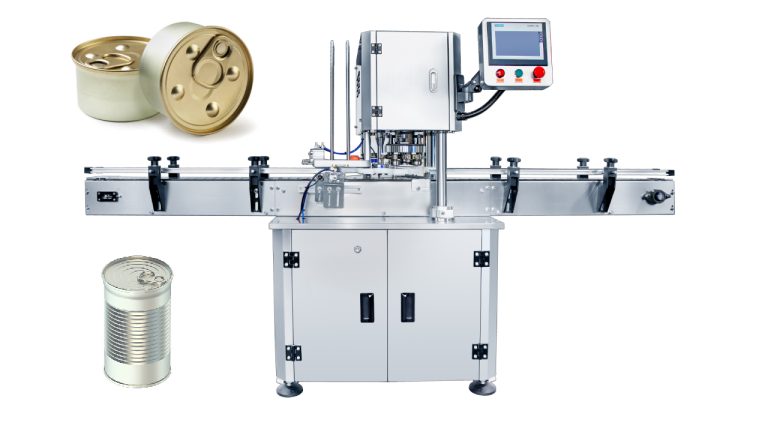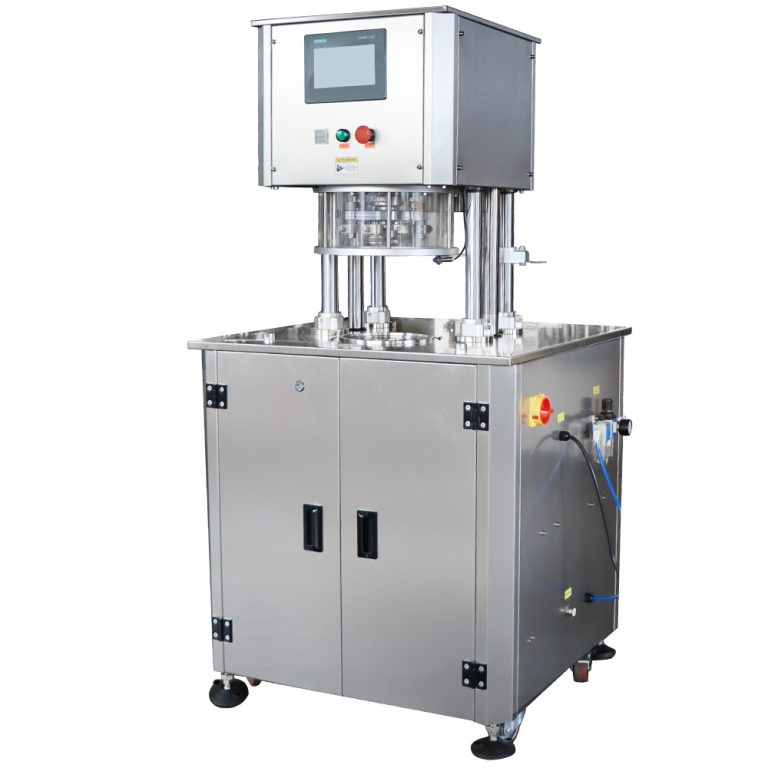Table of Contents
Benefits of Following a Packaging Guideline for Protein Powder
Protein powder is a popular supplement among fitness enthusiasts and athletes looking to increase their protein intake. With so many options available on the market, it can be overwhelming to choose the right one. However, one aspect that is often overlooked is the packaging of the protein powder. Packaging plays a crucial role in maintaining the quality and freshness of the product. In this article, we will discuss the benefits of following a packaging guideline for protein powder.
First and foremost, proper packaging helps to preserve the nutritional value of the protein powder. Protein is a delicate nutrient that can degrade when exposed to light, heat, or moisture. By using packaging materials that are designed to protect the product from these elements, manufacturers can ensure that the protein powder retains its potency and effectiveness. This is especially important for those who rely on protein powder as a key source of protein in their diet.
In addition to preserving the nutritional value of the product, proper packaging also helps to extend the shelf life of the protein powder. When stored in airtight containers that are resistant to moisture and light, protein powder can last for months or even years without losing its quality. This is important for consumers who may not use the product regularly and want to ensure that it remains fresh until they are ready to use it.
Furthermore, following a packaging guideline for protein powder can help to prevent contamination and spoilage. Protein powder is a perishable product that can be easily contaminated by bacteria, mold, or other harmful microorganisms. By using packaging materials that are hygienic and resistant to external contaminants, manufacturers can reduce the risk of spoilage and ensure that the product is safe for consumption.
Another benefit of following a packaging guideline for protein powder is that it can help to enhance the overall customer experience. Consumers are more likely to trust a product that is well-packaged and sealed properly. By investing in high-quality packaging materials, manufacturers can convey a sense of professionalism and reliability to their customers. This can lead to increased brand loyalty and repeat purchases, as consumers are more likely to choose a product that they perceive as being of high quality.
In conclusion, following a packaging guideline for protein powder is essential for maintaining the quality, freshness, and safety of the product. Proper packaging helps to preserve the nutritional value of the protein powder, extend its shelf life, prevent contamination and spoilage, and enhance the overall customer experience. By investing in high-quality packaging materials and following best practices for packaging and storage, manufacturers can ensure that their protein powder remains effective and safe for consumption. Ultimately, a well-packaged product is a reflection of the care and attention to detail that goes into creating a high-quality protein powder.
Common Mistakes to Avoid When Packaging Protein Powder
Protein powder is a popular supplement used by many individuals to support their fitness goals and overall health. When it comes to packaging protein powder, there are several common mistakes that manufacturers and retailers should avoid to ensure the product remains safe, effective, and appealing to consumers.
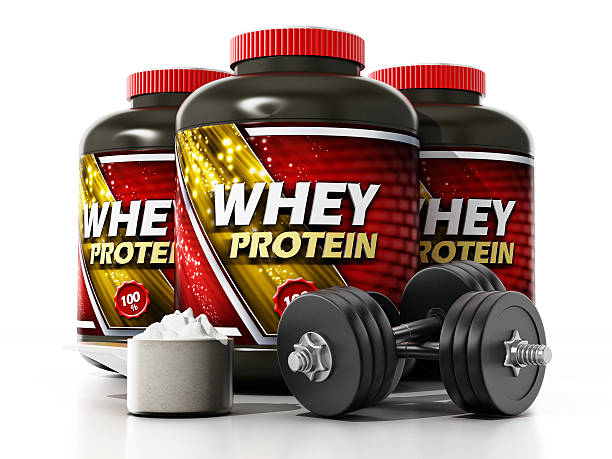
One common mistake to avoid when packaging protein powder is using low-quality packaging materials. It is essential to use packaging materials that are durable, moisture-resistant, and airtight to protect the product from external factors that could compromise its quality. Using subpar packaging materials can lead to contamination, spoilage, and a decrease in shelf life, ultimately affecting the product’s efficacy and consumer satisfaction.
Another mistake to avoid is using packaging that is not properly sealed. Proper sealing is crucial to prevent air, moisture, and contaminants from entering the packaging and affecting the product. Inadequate sealing can lead to spoilage, clumping, and a decrease in product quality, which can deter consumers from purchasing the product again in the future.
Furthermore, it is important to avoid using packaging that is not properly labeled. Clear and accurate labeling is essential to provide consumers with important information about the product, such as ingredients, nutritional content, allergen warnings, and usage instructions. Failure to provide this information can lead to confusion, dissatisfaction, and potential health risks for consumers.
Additionally, using packaging that is not tamper-evident is a mistake that should be avoided. Tamper-evident packaging is designed to show if a product has been opened or tampered with, providing consumers with peace of mind that the product is safe and secure. Failing to use tamper-evident packaging can compromise consumer trust and confidence in the product, leading to a decline in sales and reputation.
Another common mistake to avoid when packaging protein powder is using excessive or misleading packaging. Overly bulky or extravagant packaging can be wasteful, environmentally unfriendly, and off-putting to consumers who prefer minimalistic and sustainable packaging options. Additionally, using misleading packaging, such as exaggerated health claims or deceptive imagery, can mislead consumers and damage the brand’s credibility and reputation.
In conclusion, when packaging protein powder, it is essential to avoid common mistakes that can compromise the product’s quality, safety, and appeal to consumers. By using high-quality packaging materials, ensuring proper sealing, clear labeling, tamper-evident features, and avoiding excessive or misleading packaging, manufacturers and retailers can maintain the integrity of the product and enhance consumer satisfaction and loyalty. By following these packaging guidelines, protein powder products can stand out in the market and meet the needs and expectations of health-conscious consumers.

